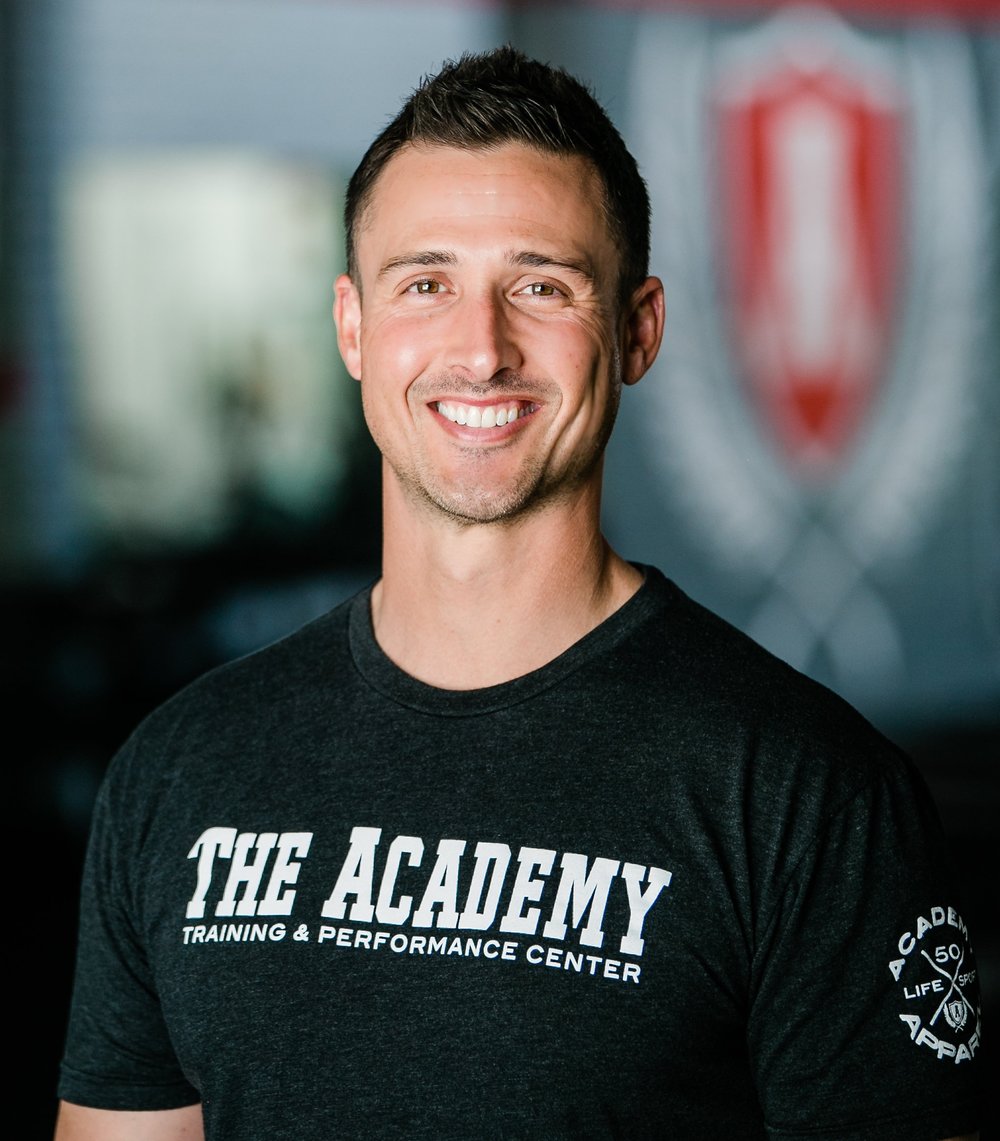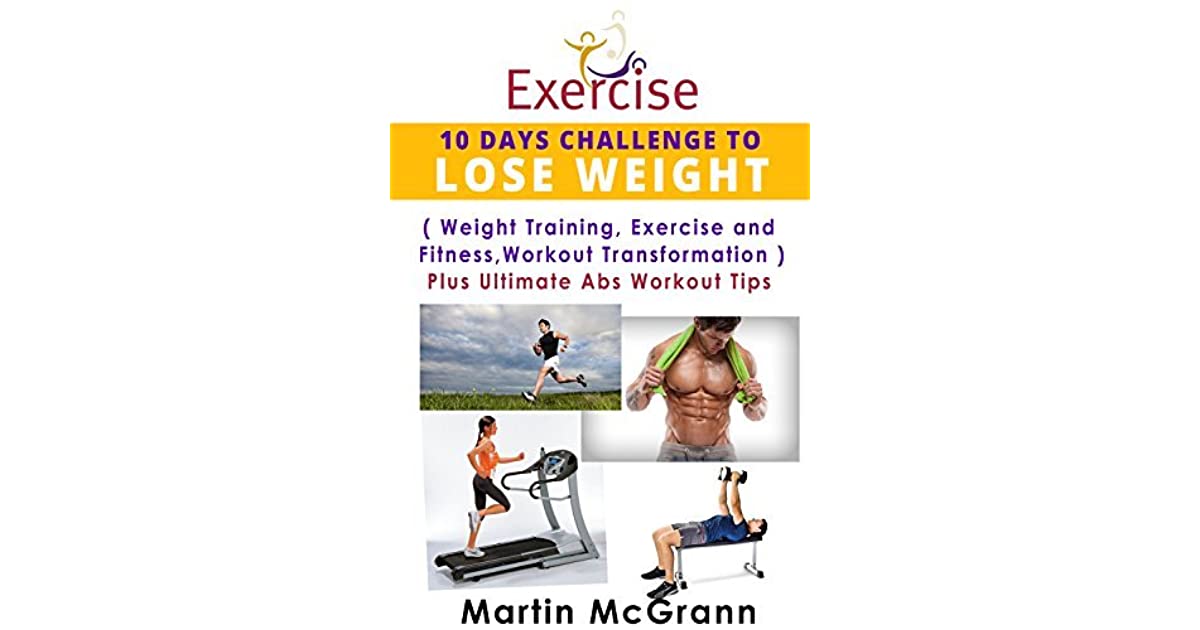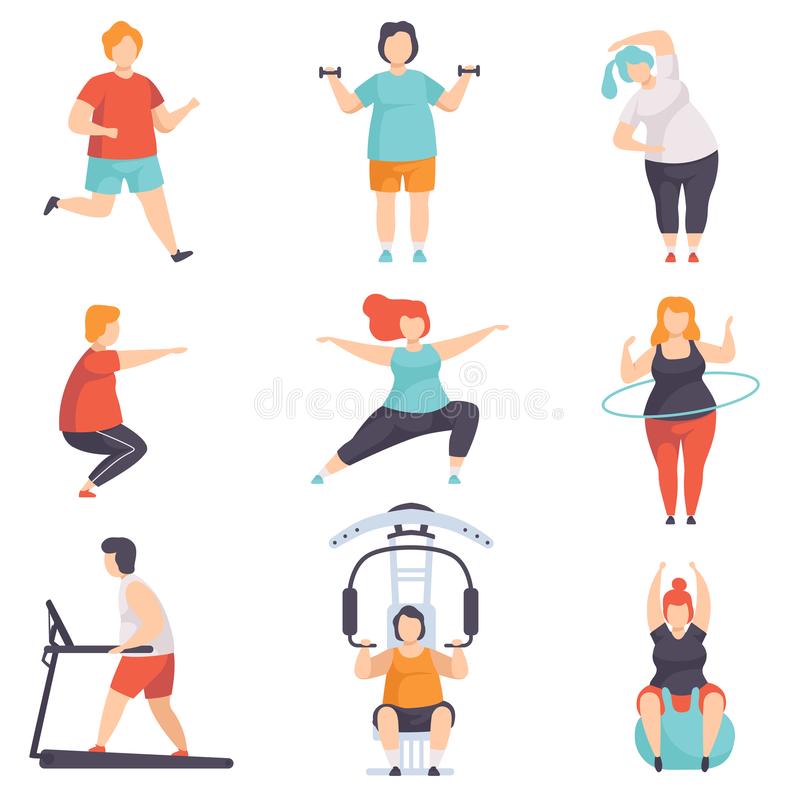
A high-intensity interval training program is best for men over 50. This type of workout will boost metabolism, burn calories, and keep the heart healthy. This workout is also one of most effective ways to lose fat. High intensity interval training's best feature is its ability to be completed in just 30 minutes. These are some exercises that men over 50 can try. These exercises will help you achieve your goals, no matter if you are looking to tone your muscles or lose fat.
A high-intensity exercise program is important for men of all ages. It is important to achieve functional fitness and lose weight while still maintaining mobility. A workout program for men over 50 should include full-body strength training, flexibility exercise, and full-body movement-based activities. You may also want to try taking muscle building supplements if you are looking to lose some extra weight. You must be mindful of injuries and changes as you age.

If you want to stay lean and strong, a men over 50 workout plan should include strength training. The main focus of a strength training program should be to maximize the muscles you have and keep them strong. Each man's physical needs should be considered when creating a workout plan for men over 50. It is especially crucial for older men to include some cardiovascular exercise to improve overall health. Exercises should be adjusted to adapt to age-related changes.
You can add several cardio exercises to your weekly workout routine. Ideally, you should do at least two days of cardio each week. You want to improve your endurance and stamina. Find a routine that you like. You can either start swimming or biking. There are many cardio options, including pilates and biking rides. No matter the type of workout, a group exercise class will work and motivate you to keep going.
Exercises for resistance training are great for men over 50. They are beneficial for men of all ages. They increase flexibility and improve balance. They also help reduce risks of injury. If you're a man over 50, you can incorporate resistance training exercises into your regular routine. To use a barbell for example, your upper back should be level. Your feet should measure shoulder width, and your toes should be slightly rounded.

Fit After 50 is a comprehensive health plan that combines exercise and nutrition. It helps men age well and stay healthy. It is intended for men at the peak of their lives. This program is great for older men to help maintain testosterone levels and a lean physique. These programs target a wide range of health issues and can help seniors achieve better results. Even though some people aren't as fit or as healthy as they used to, these exercises can help them achieve a more balanced and satisfying body.
FAQ
What is the difference in calorie and kilocalories?
Calories are units that measure how much food has energy. Calories are the unit of measurement. One calorie represents the energy required to raise one gram of water's temperature by one degree Celsius.
Kilocalories is another name for calories. Kilocalories are expressed in thousandths (or a calorie). 1000 calories equals 1 kilocalorie.
What is the problem with BMI?
BMI stands For Body Mass Index. This refers to the measurement of body fat using height and weight. Here is how to calculate BMI using the following formula.
Divide the weight in kilograms by the height in meters squared.
The result is expressed using a number from 0 through 25. A score greater than 18.5 is considered overweight. A score greater than 23 is considered obese.
A person of 100 kg with a height of 1.75m will have 22 BMI.
How do I count calories?
You might be asking "What is the best diet?" or "is counting calories necessary?" The answer to this question depends on many factors, including your current health, your personal goals and preferences, as well as your overall lifestyle.
The Best Diet For Me - Which One Is Right For You?
The best diet for me depends on my current health status, my personal goals, my preferences, and my overall lifestyle. There are many diets out there, some good and some bad. Some diets work better than others. So what should I do? How do I make the right decision?
This article aims at answering these questions. The article starts by introducing the many types of diets currently available. The pros and cons of each diet are then discussed. The final step is to determine which one is right for you.
To begin, let's take a quick look at the different types of diets.
Diet Types
There are three main types. Low fat, high proteins, and ketogenic. Let's look at each one briefly.
Low Fat Diets
A low fat diet is a diet that restricts the amount of fats consumed. This is achieved through reducing intakes of saturated fats (butter and cream cheese, for example). It is possible to replace these saturated fats with unsaturated ones (olive oil or avocados). If you want to lose weight fast and easily, then a low fat diet is often recommended. This kind of diet could cause problems like constipation or heartburn and indigestion. A person may also experience vitamin deficiencies if they don't get enough vitamins.
High Protein Diets
High protein diets reduce carbohydrates to favor of proteins. These diets often have higher levels of protein than most other diets. These diets are intended to increase muscle mass and reduce calories. They may not be able to provide sufficient nutrition for people who need it. They can also be very restrictive so they may not be suitable for everyone.
Ketogenic Diets
The keto diet is also known as the keto diet. They are high-fat and low in carbs and protein. Athletes and bodybuilders use them because they allow them more time and harder training without feeling fatigued. You must adhere to all side effects, including fatigue, headaches, nausea and headaches.
How can you live a healthy life?
Living a healthy lifestyle includes eating right, exercising regularly, getting enough sleep, managing stress, and having fun! Eating well means avoiding processed foods, sugar, and unhealthy fats. Exercise burns calories and strengthens the muscles. You can improve your memory and concentration by getting enough sleep. Stress management can reduce anxiety and depression. Fun keeps us vibrant and young.
Statistics
- Extra virgin olive oil may benefit heart health, as people who consume it have a lower risk for dying from heart attacks and strokes according to some evidence (57Trusted Source (healthline.com)
- nutrients.[17]X Research sourceWhole grains to try include: 100% whole wheat pasta and bread, brown rice, whole grain oats, farro, millet, quinoa, and barley. (wikihow.com)
- This article received 11 testimonials and 86% of readers who voted found it helpful, earning it our reader-approved status. (wikihow.com)
- According to the 2020 Dietary Guidelines for Americans, a balanced diet high in fruits and vegetables, lean protein, low-fat dairy and whole grains is needed for optimal energy. (mayoclinichealthsystem.org)
External Links
How To
What does the meaning of "vitamin?"
Vitamins are organic compounds found naturally in food. Vitamins are necessary for us to absorb nutrients in the foods we consume. Vitamins are not made by the body, so they must be obtained through food.
There are two types if vitamins: water soluble, and fat soluble. Water soluble vitamins dissolve easily in water. Vitamin C,B1(thiamine), B2 (2riboflavin), and B3 (3niacin), as well as vitamin C,B1, B2 (riboflavin), and B3 (niacin), vitamin B6 (pyridoxine), vitamin folic acid (biotin), pantothenic, and choline are examples. The liver and fat soluble vitamins are stored within the liver and in fatty tissue. These include vitamin D, E and K, as well as beta carotene.
Vitamins are classified according to their biological activity. There are eight major types of vitamins:
-
A - essential for normal growth and maintenance of health.
-
C - essential for nerve function and energy generation.
-
D - essential for healthy bones, teeth, and gums.
-
E is required for good vision and reproduction.
-
K - essential for healthy muscles, nerves, and bones.
-
P – vital for building strong bones.
-
Q - Aids digestion and iron absorption
-
R is required for the production of red blood cells.
The recommended daily intake (RDA), of vitamins varies with age, gender and physical condition. RDA values are set by the U.S. Food and Drug Administration (FDA).
For adults aged 19 and older, the RDA for vitamin B is 400 micrograms daily. Pregnant mothers need 600 micrograms per days because it is vital for the development and growth of their baby. Children ages 1-8 require 900 micrograms per day. For infants younger than one year, 700 micrograms are required daily. However, this number drops to 500 micrograms each day for children aged 9-12 months.
Children between the ages 1--18 years old who are overweight or obese require 800 micrograms per Day, while those who are overweight or obese need 1000 micrograms. To meet their nutritional needs, children underweight and obese require 1200 micrograms a day.
Children between 4 and 8 years old with anemia will need 2200 micrograms daily of vitamin C.
2000 micrograms daily is required for adults over 50 to maintain their general health. Due to their increased nutrient needs, pregnant and breastfeeding women need 3000 micrograms daily.
1500 micrograms are required daily by adults over 70 because they lose approximately 10% of their muscle each decade.
Women who are pregnant, nursing or breastfeeding need more than the RDA. Pregnant and breastfeeding women require 4000 micrograms each day during pregnancy and 2500 Micrograms each day after delivery. Breastfeeding mothers need to consume 5000 micrograms every day when breastmilk has been produced.